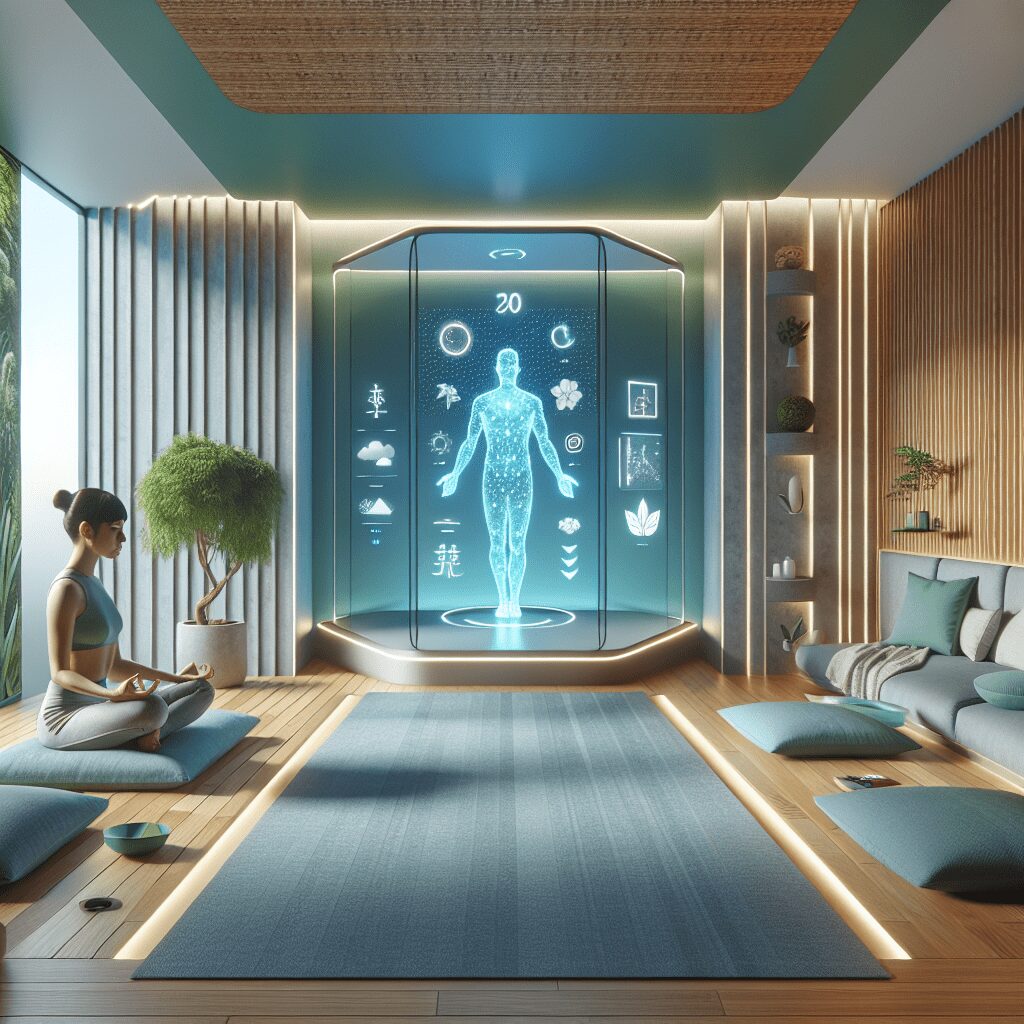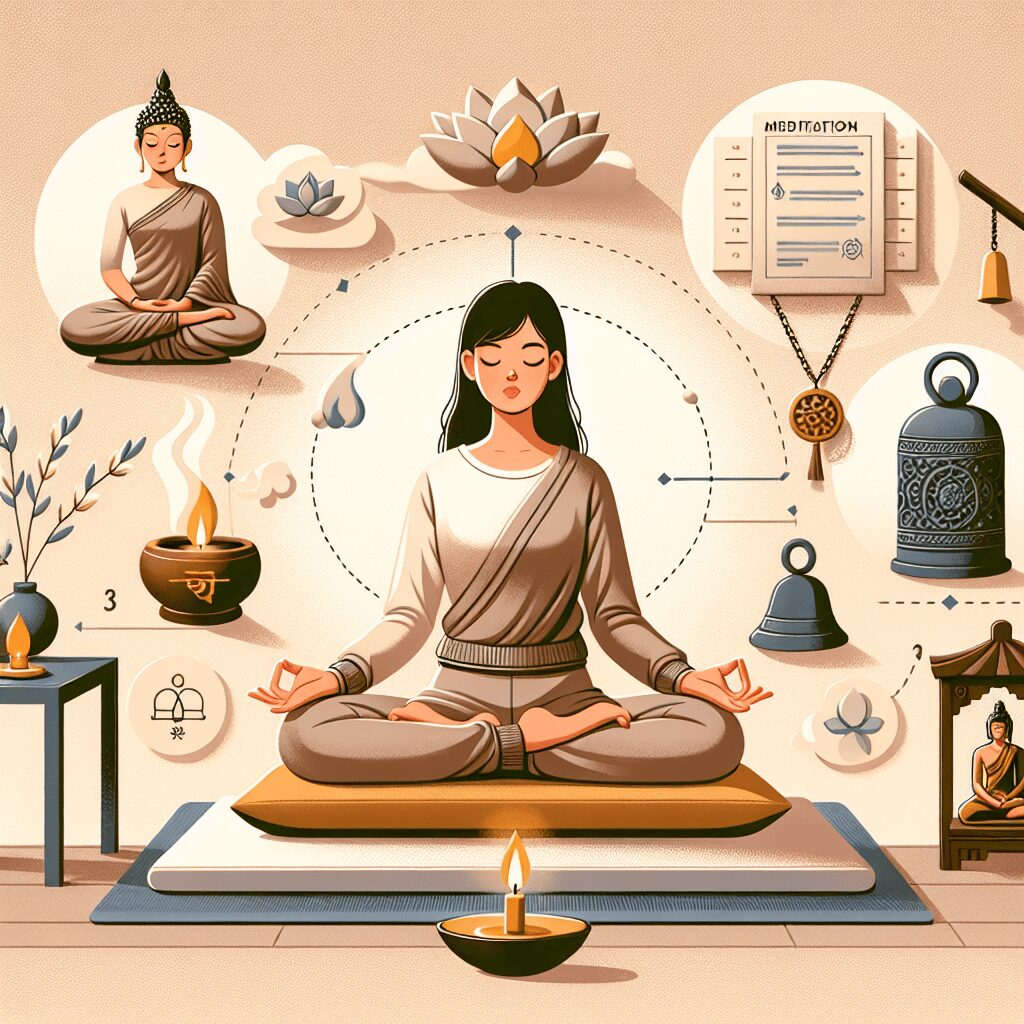
Prioritize your mental well-being daily. Enhance your life by nurturing your mental health with the Smart Meditation app. Break free from stress, alleviate anxiety, and enhance your sleep quality starting today.
What Is The Best Position To Meditate In?
Unraveling the Mystery: The Optimal Position for Meditation
Meditation, a practice as ancient as the hills, serves as a gateway to inner peace and mindfulness. However, for beginners and seasoned practitioners alike, one question often floats to the surface like a lotus in a tranquil pond: “What is the best position to meditate in?” Let’s dive deeper into this contemplative conundrum and uncover some positions that might just be your golden ticket to Zen.
The Quest for Comfort and Concentration
When it comes to meditation, comfort and concentration are the twin pillars that support a fruitful practice. After all, achieving a state of deep relaxation and mindfulness is tricky if you’re constantly shifting to relieve a cramp or stifle a groan of discomfort. Here’s a rundown of positions that are celebrated in the world of meditation for their ability to marry comfort with concentration:
-
The Classic Lotus (Padmasana): This iconic meditation pose, with legs crossed and feet resting on opposite thighs, screams meditation from a mile off. However, it’s not a one-size-fits-all solution. While it’s brilliant for those with flexible hips, for others, it’s about as comfortable as sitting on a bed of nails.
-
The Comfortable Chair Sit: Who said meditation is all about contorting your body? Grab a chair! The key here is to keep your back straight (no slouching allowed), feet flat on the ground, and hands resting gently on your lap. Voilà, you’re all set for some mindful introspection.
-
The Seiza Position: Originally from Japan, this position involves sitting on the calves, with the buttocks resting on the heels. A meditation bench or cushion can make this pose more accessible and alleviate any knee pressure.
-
The Supine Serenity (Savasana): Sometimes, the best way to reach new heights is to lie down. Lying on your back with arms and legs naturally splayed out can be exceptionally relaxing and an ideal position for those with back problems or limited mobility.
Tips to Elevate Your Meditation Practice
Regardless of your chosen position, infusing your practice with these nuggets of wisdom can amplify the benefits and make your meditation journey as smooth as silk.
-
Cushion the Blow: Investing in a good-quality meditation cushion or mat can be a game-changer, especially for floor positions. It’s all about that extra padding for your ankles, knees, and sit bones.
-
The Spine is Your Lifeline: Whether sitting or lying down, keeping your spine straight is pivotal. It not only facilitates better breathing but also keeps you alert and focused. After all, a straight spine equals a sharp mind.
-
Experiment and Adapt: Don’t be afraid to tweak the traditional poses to suit your body. Use props, adjust your leg position, or switch between poses if you start feeling pins and needles anywhere.
-
Breathe Easy: Your breath is your anchor in meditation. No matter the position, maintain a natural and gentle breathing rhythm. It’s the invisible thread that ties your mind and body together in the dance of meditation.
In the grand tapestry of meditation practices, the best position is, unequivocally, the one that you can maintain comfortably and without distraction. It’s about finding your own sweet spot where the body rests in tranquility, and the mind can soar to new realms of mindfulness. Experiment, adapt, and embrace the journey. After all, the path to enlightenment is a personal odyssey, and your chosen pose is merely the vessel that carries you toward inner peace.





